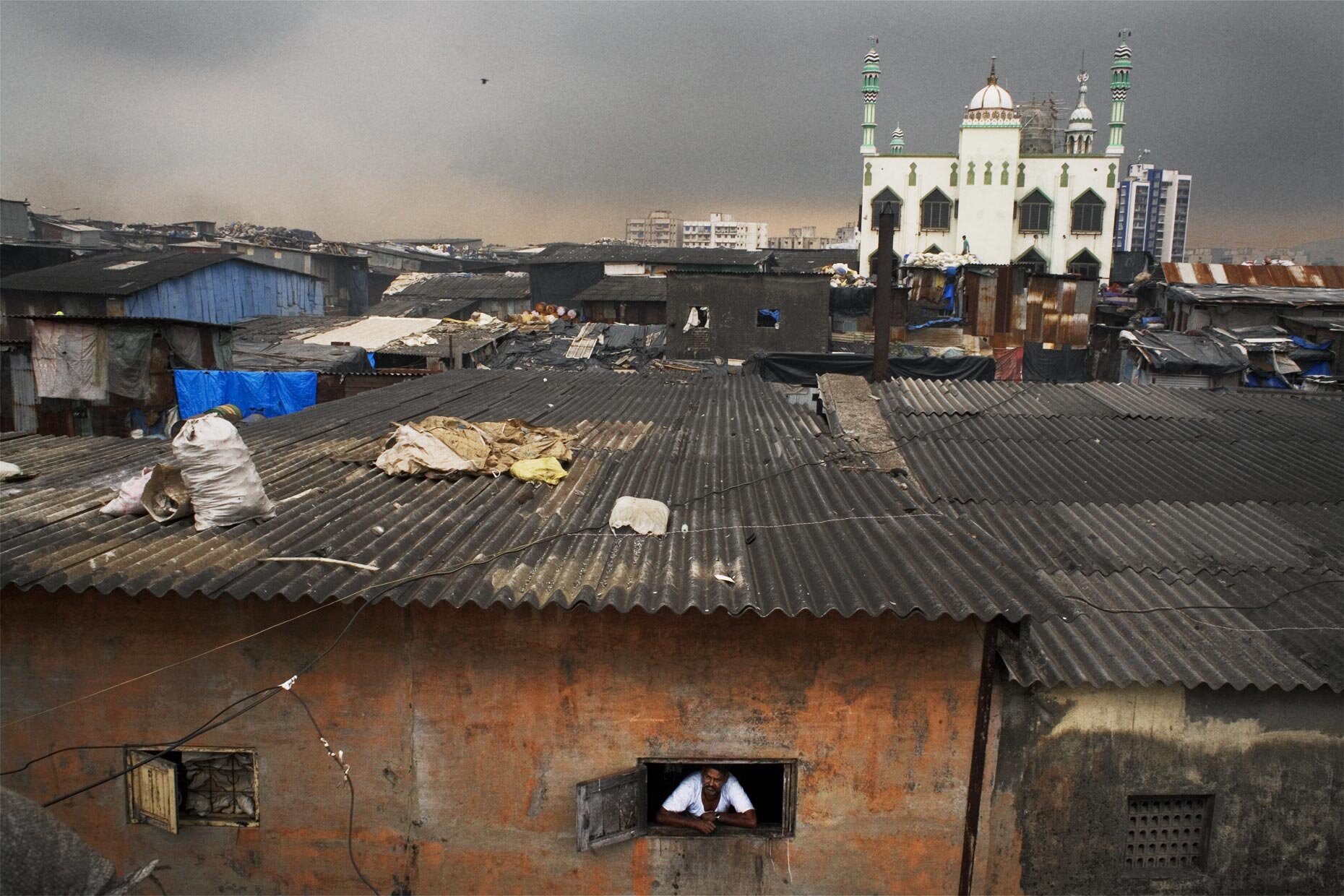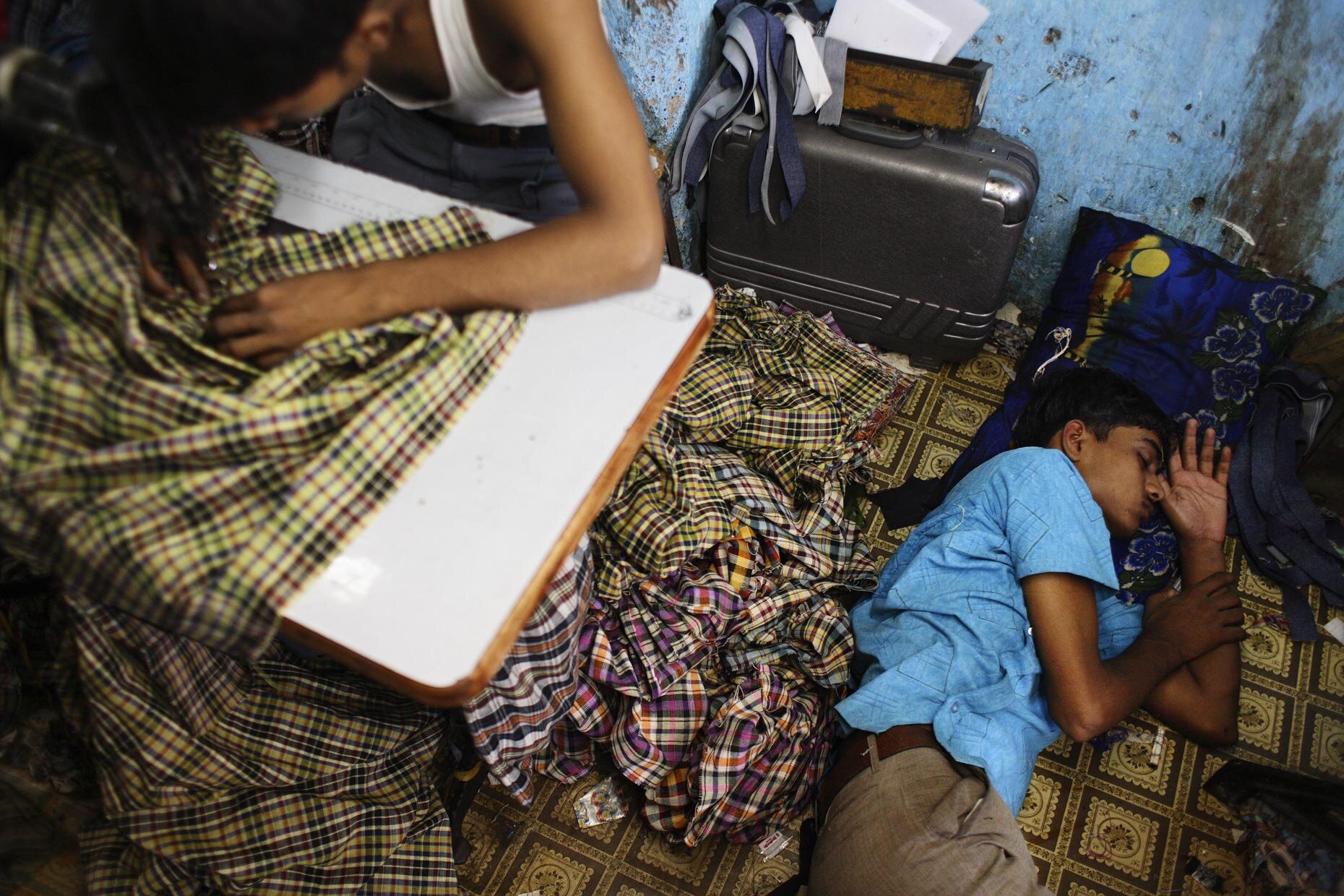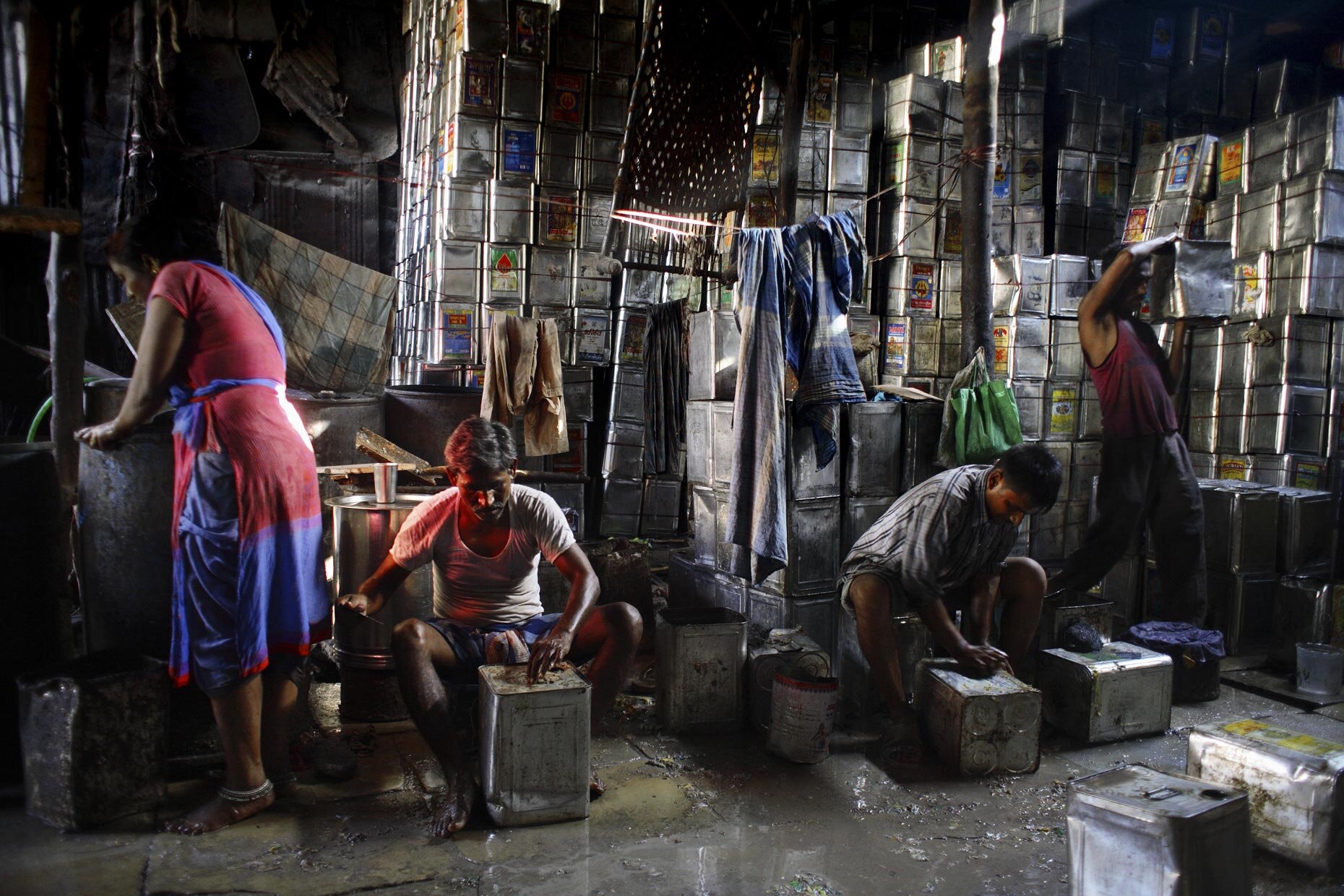





































Dharavi - Asia’s biggest slum
In 2008 the urban population of the planet overtook the the rural. At the almost the exact same moment, the number of people living in slums is passed one billion, or every third person living in a city or town. The United Nations predicts that over the next few decades, the world’s slum population will double, meaning the urban slum is perhaps the fastest growing human habitat on the planet.
This story leads the reader through one of the largest of Mumbai’s slums, Dharavi. Presenting plenty of squalor right in the middle of the ever-modernizing city, the slum has also always been a place where new arrivals found their footing, made business, and started a life.
"Mumbai," wrote V.S. Naipaul, "is a crowd". Dharavi, with people oozing out of every crack and countless quarters of artisans and small industries, is often referred to as the throbbing heart of the city. From garment sweatshops to big trash recycling facilities, Dharavi is a beehive whose yearly economic output is estimated to be in excess of five hundred million dollars. The fact is that many of the biggest megacities of the planet could barely do without their slums anymore, home to so many cogs of the great logistical machinery of keeping enormous cities ticking.
In 2006, when this was photographed, Dharavi slum, home and workplace of up to a million people, was at the centre of a tug-of-war between the residents who had built their lives there and city planners, who were seeking to redevelop the valuable piece of real estate.
What does it mean to be an urban citizen on planet earth in the 21st century? For more and more millions of people, it means one of the world’s innumerable Dharavis.









